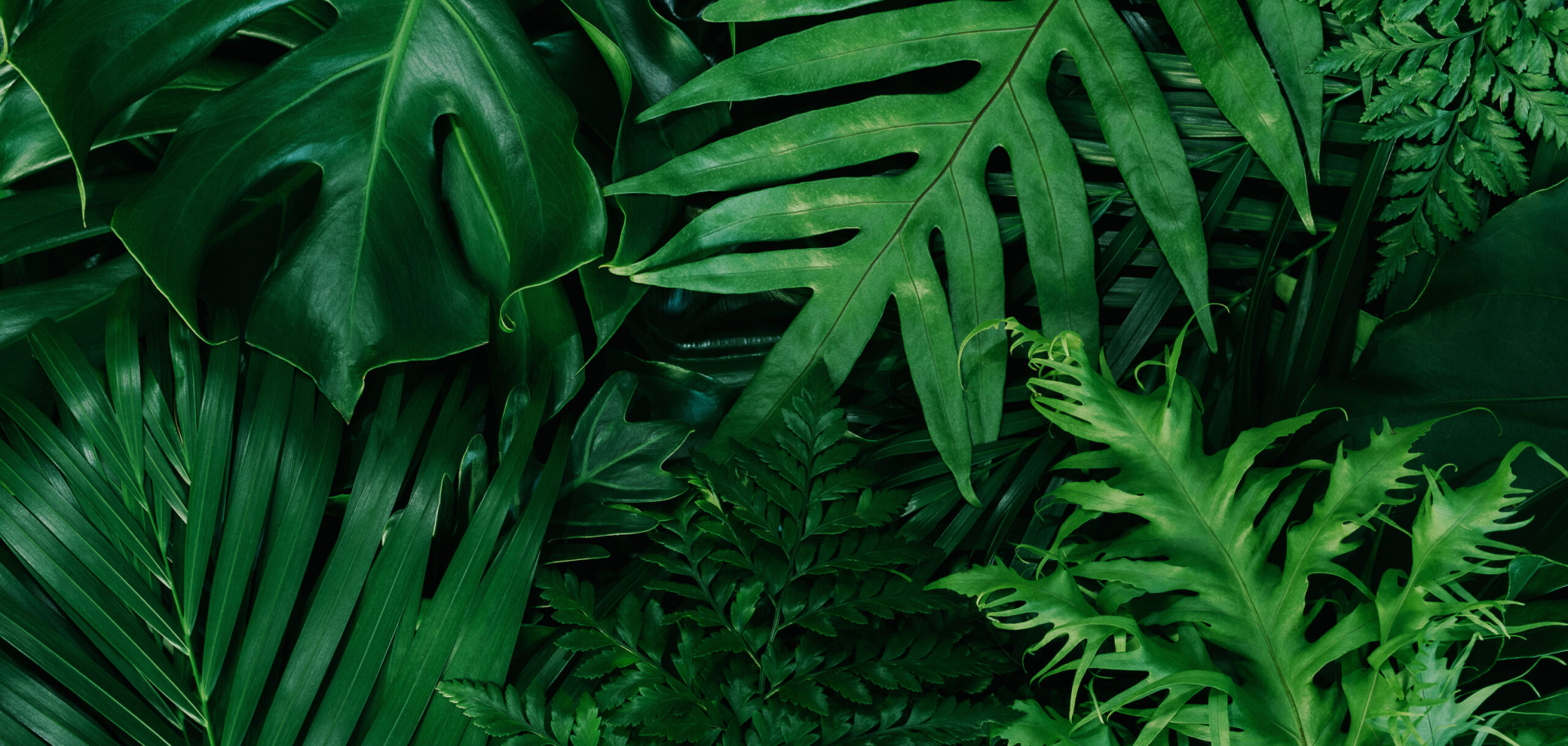Gardening is an enjoyable way to spend your time and also a great way to get some exercise and enjoy the outdoors. If you’re successful, you can even reap the benefits of harvesting delicious fruits, vegetables, and herbs! But to make sure your garden is as successful as possible, there are some important tips and tricks one must follow. From choosing the right plants for your climate to properly watering, fertilizing, and maintaining your garden, read on for our top tips for keeping your garden green.
The benefits of having a green garden
When it comes to gardens, “green” has a lot of meanings. It can refer to the color of the plants, the type of plants, or the eco-friendly practices used. In this case, we’re talking about eco-friendly gardening practices that help reduce your carbon footprint. Here are some benefits of having a green garden:
• You’ll save water. One of the biggest benefits of eco-friendly gardening is that you’ll use less water. This is because native plants are adapted to the local climate and don’t need as much water to thrive. drought-tolerant plants also require less water than other types of plants.
• You can attract wildlife. By planting native plants, you can attract birds, bees, and butterflies to your garden. This is great for pollination and adding some extra beauty to your yard.
• You’ll improve the soil quality. When you use eco-friendly gardening practices, you’ll improve the quality of your soil over time. This is because you won’t be using chemicals that can strip nutrients from the soil. Composting also adds valuable nutrients back into the soil.
• You can save money in the long run. Once you establish a green garden, you won’t have to spend as much money on watering and fertilizing since these things will be done naturally by Mother Nature herself!
The best plants for a green garden
The best plants for a green garden are those that require little to no water and can withstand harsh conditions. Succulents, cacti, and other drought-tolerant plants are ideal for keeping your garden green. These plants are often low-maintenance and can thrive in poor soil conditions. Consider adding some of these hardy plants to your garden to keep it looking its best.
How to care for a green garden
Assuming you already have a green garden, here are some tips on how to keep it looking its best.
1. water regularly and deeply – during dry spells, water your garden deeply and less frequently to encourage deep root growth.
2. add organic matter – compost or well-rotted manure will help improve the soil structure and retain moisture.
3. mulch – a layer of mulch will help reduce evaporation and keep the roots cool in summer.
4. choose the right plants – avoid planting thirsty lawn grasses in favour of drought-tolerant plants that will save you time and money on watering.
Tips for a green garden
1. Use native plants. Native plants are adapted to your region’s climate and soil, so they require less water, fertilizer, and pesticides.
2. Incorporate organic matter into your soil. This could include compost, manure, or fallen leaves. Organic matter helps your soil retain moisture and nutrients, which means your plants will need less water and fertilizer.
3. Mulch your garden beds. Mulch helps prevent weed growth and conserves moisture in the soil.
4. Use drought-tolerant plants. These plants are adapted to survive in dry conditions and require less watering.
5. Water early in the day or late at night. This reduces evaporation and ensures that your plants get the water they need without wasting any water through evaporation.
Conclusion
Keeping your garden green is essential if you want to have a healthy and beautiful outdoor space. It requires dedication, effort, and patience but the results are worth it. With regular watering, fertilizing, pruning and proper mulching in place, you can create a lush oasis that will bring pleasure for years to come. Even if gardening isn’t your favorite hobby, there’s something therapeutic about tending plants that makes it worthwhile. So start planning your garden today!
